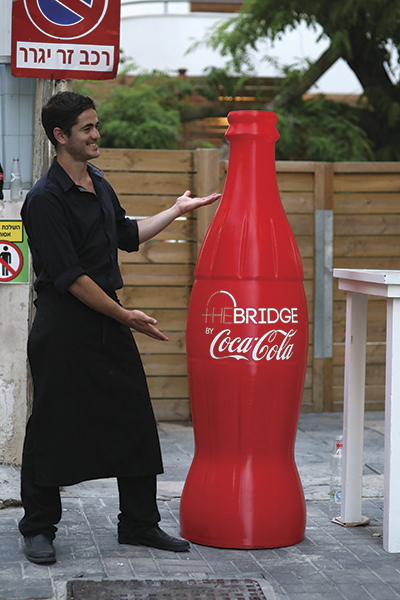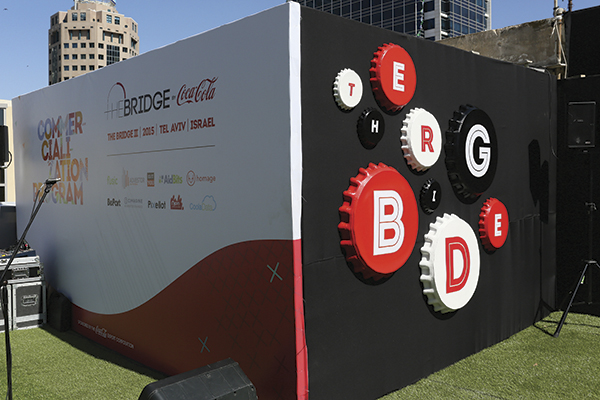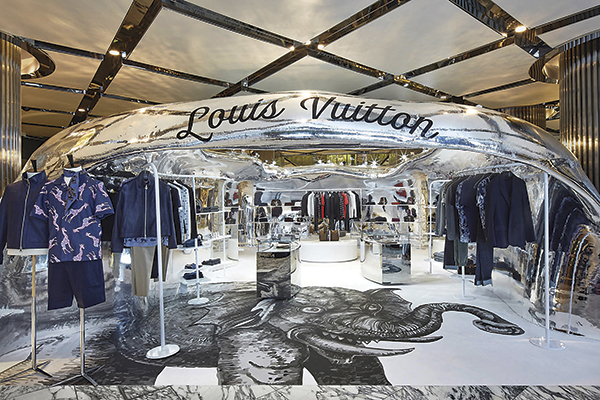3D printing technology presents opportunities for design, marketing and promotional applications in the retail market. Lilach Sapir, VP Marketing & Business Development at Massivit 3D, looks at how businesses in this sector – or servicing this sector – could potentially benefit from the 3D printing proposition.
Although to some retailers, 3D printing might seem like a relatively new phenomenon, it has been around for over three decades, transforming the production processes within the manufacturing world. Unless you have been living on the moon for the last few years, it is highly likely that the continued rise of 3D printing has not escaped your notice. Created around 30 years ago, the technology has gradually strengthened its foothold and is now widely used across a plethora of applications within industry sectors that include automotive, aerospace and medical.
Despite its popularity in such sectors, 3D printing has yet to properly make its mark on the retail and exhibition industries. However, the good news is that the 3D printing opportunity might be within closer reach than retailers think. 3D printing technology has the flexibility, speed and price point to unlock huge new creative opportunities and drive profitable growth for users in the retail sector.
Last year, Massivit 3D unveiled its own solution for this market – the Massivit 1800 3D printer. We believe that the Massivit 1800 3D printer offers something different and new for this sector. 3D printing allows retailers to create vibrant, eye-catching window displays, point of purchase (POP) stands, visual merchandising and exhibitions elements, and even bespoke retail outlets, that surpasses what can be achieved with traditional manufacturing. With the capability to very quickly produce larger-than-life high quality 3D pieces, we are beginning to see examples of it transforming the way high-level advertising, visual merchandising and POP and POS displays are created within the retail space.
Mass Personalisation Within Budget
At the heart of this is our new proprietary technology, GDP (Gel Dispensing Printing), which cures rapidly under UV-light, enabling instant solidification of the printing material and consequently achieving very high-speed printing. Not only that, but the printer also utilises techniques that allow it to print non-vertical walls and ceilings, without the need to produce a solid object or intensive support structure.
These unique material properties mean that the Massivit 1800 can produce impressive objects, while also reducing material costs and weight. One example of this advantage is a project from E.S. Digital, one of our Israeli customers. It was approached by ‘Bridge by Coca Cola’ (a start-up accelerator programme managed by Coca-Cola) to produce a host of eye-catching 3D printed interior decorations for its launch party, which would later also be housed inside its facility. Utilising the Massivit 1800’s ability to produce two individual parts simultaneously, E.S Digital 3D printed nine iconic Coca-Cola bottle caps in a variety of sizes in just five hours. These were then finished in a combination of Coke-red, black and white paint, and self-adhesive vinyl to spell the word ‘The Bridge’. According to Eyal Shemesh, CEO from E.S Digital, The Bridge and Coca-Cola staff and executives were amazed by the quality and the ability for mass customisation. The company was so impressed by the results that it also commissioned a 3D printed human-sized Coca-Cola bottle to serve as the statement piece in the entrance to the building. Although super-sized, the bottle was remarkably lightweight and it was soon being passed around by guests as the unofficial party mascot, featuring in an endless number of selfies.
Building Brand Awareness
The Coca-Cola example highlights the important role that the technology plays in increasing brand awareness. After all, it goes without saying that retailers and brands will always be seeking to maximise their budgets with as much wow-factor as possible. The ability to offer attention-grabbing, added-value visual communications that better engage target audiences achieves this. Moreover, it makes engaging, and subsequently retaining, such customers much easier. This is exemplified in another project which saw E.S Digital approached by new Israel-based chocolate shop, ‘Little Switzerland’ in a bid to strengthen its brand identity and make the store more appealing to its target market. E.S Digital 3D printed an over sized 1.7 metre tall (5.57 foot) replica of the company’s mascot to welcome shoppers and boost the company’s brand identity in-store. Since its introduction, ‘Little Switzerland’ has reported an increase in sales, and in online visits.
Opening the Shutters to New Business
For retailers, incorporating 3D printing into your campaigns is a great means of differentiating your offer and enhancing how you capture and maintain customers’ attention. With recent studies suggesting that 3D advertising has five times the stopping power and four times the staying power of 2D advertising, it is clear why this is the technology for retail and advertising applications. 3D printing could also be a means of unlocking the door to new business. A prime example of this is Australian specialist 3D print provider OMUS, who applied its print expertise to construct what is believed to be the world’s first 3D printed pop-up retail store for luxury fashion brand, Louis Vuitton. The attention-grabbing 9 metre wide, 10 metre long and 2.7 metre high (29.5 foot x 32.8 foot x 8.85 foot) structure was 3D printed in under 18 days and served to promote the company’s latest menswear range. The entire display was finished in chrome mirror self-adhesive vinyl and adorned with distinctive Louis Vuitton designed animal prints matching the theme of the brand’s collection, which caught the gaze of shoppers at Sydney’s Westfield shopping centre.
Time to Enter a New Dimension?
Whatever the driver, there are myriad benefits to integrating 3D printing into your marketing operations. For retailers and marketers, it offers the capability to very cost-effectively elevate applications to a new dimension with maximum impact. Looking ahead, I think we will see 3D printed retail displays and advertising campaigns become commonplace, as more companies realise the vast benefits that the technology provides in terms of customer engagement, brand awareness, and ROI.



